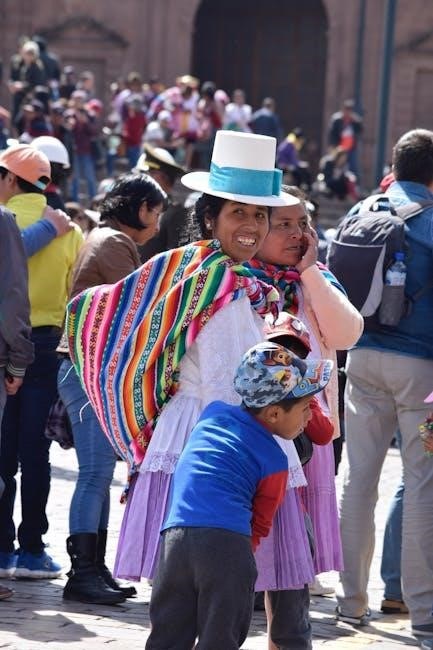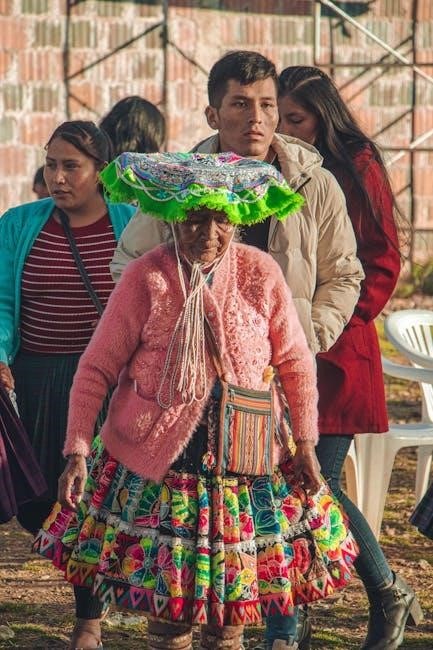and environmental issues affecting Peru’s mining sector with various
- stakeholders
involved in the
conflict
resolution process always.
Overview of the Issue

The conflictos sociales mineros en Perú is a complex issue that involves various stakeholders, including local communities, mining companies, and government agencies. According to recent reports, Loreto has the highest number of social conflicts, with 28 cases reported. The issue is deeply rooted in socioeconomic and environmental factors, which have led to widespread dissatisfaction among local communities. The mining sector is a significant contributor to Peru’s economy, but it has also been linked to environmental degradation and social unrest. The Peruvian government has implemented various measures to address the issue, including the creation of a
- dialogue table
to facilitate communication between stakeholders. However, the issue remains unresolved, and
new conflicts
continue to emerge. The
impact
of these conflicts on the mining sector and local communities is significant, with reports of production losses and human rights violations. Effective solutions are needed to address the root causes of the conflict and promote sustainable development in the region.

Causes of Conflictos Sociales Mineros involve socioeconomic and environmental factors affecting local communities with
- stakeholders
and
issues
always impacting the mining sector in Peru somehow.
Socioeconomic Factors
Socioeconomic factors play a significant role in Conflictos Sociales Mineros, including poverty and inequality in local communities. The
- distribution
of mining revenues and
benefits
is a major concern, with many communities feeling that they do not receive a fair share. This has led to protests and conflicts between local residents and mining companies. The lack of job opportunities and infrastructure development in mining areas has also contributed to socioeconomic tensions. Furthermore, the
- impact
of mining on local
economies
and livelihoods is a significant factor, with many communities relying on agriculture and fishing for their livelihood. The Peruvian government has implemented policies to address these issues, including the creation of funds to support local development and infrastructure projects. However, more needs to be done to address the socioeconomic factors contributing to Conflictos Sociales Mineros.
Environmental Factors
Environmental factors are a major contributor to Conflictos Sociales Mineros, including deforestation and water pollution. The
- extraction
of minerals has led to the destruction of
habitats
and the contamination of rivers and soil. Local communities are concerned about the impact of mining on their health and the environment. The Peruvian government has established regulations to mitigate the environmental effects of mining, including the requirement for environmental impact assessments and rehabilitation plans. However, the implementation of these regulations is often inadequate, leading to ongoing environmental degradation. The
- conservation
of biodiversity and the protection of
ecosystems
are critical issues that need to be addressed in the context of Conflictos Sociales Mineros. By prioritizing environmental sustainability, it is possible to reduce the social and environmental conflicts associated with mining in Peru.
Consequences of Conflictos Sociales Mineros include economic and social impacts on
- communities
and the
environment
with significant effects always.
Economic Impacts
The economic impacts of conflictos sociales mineros en Perú are significant, with losses in production and revenue. According to the BCRP, the conflicts resulted in a decrease of
- 12,000 TMF
and
- 488 TMF
of zinc and molibdeno in 2021. This decrease in production had a negative impact on the
PBI
of the mining sector, affecting the overall economy of Peru. The mining sector is a significant contributor to Peru’s economy, and the conflicts have resulted in a loss of investment and jobs. The economic impacts of the conflicts are far-reaching, affecting not only the mining sector but also the local communities and the
environment
. The conflicts have also resulted in a decrease in the competitiveness of the mining sector, making it less attractive to investors. The economic impacts of the conflicts are a major concern for the government and the
mining industry
, and efforts are being made to resolve the conflicts and restore production.
Social Impacts
The social impacts of conflictos sociales mineros en Perú are profound, affecting the quality of life of local communities. The conflicts have resulted in the displacement of communities, loss of cultural heritage, and damage to social fabric. The
- communities
surrounding the mining areas have reported health problems, environmental degradation, and human rights violations. The
social impacts
of the conflicts have also led to the marginalization of already vulnerable groups, such as indigenous peoples and women. The conflicts have also resulted in the erosion of trust between the government, mining companies, and local communities, making it challenging to resolve the conflicts and find a sustainable solution. The social impacts of the conflicts are a major concern, and efforts are being made to address the social and environmental concerns of the affected communities through dialogue and negotiation.

Case Studies of Conflictos Sociales Mineros
Case studies involve mining projects and communities affected by
- conflicts
in Peru’s
mining sector
always with various stakeholders involved in the process.
Las Bambas Mine
The Las Bambas Mine is a significant copper mine in Peru, operated by MMG Limited, with a complex geography and social influence area. According to reports, the mine has faced several conflicts with local communities, resulting in work stoppages and production losses. The mine’s location and operations have raised concerns among local residents, who demand better living conditions and greater benefits from the mining activities. The conflicts have led to an increase in social and environmental issues, affecting not only the mine’s operations but also the surrounding communities. The Peruvian government and the mining company have attempted to address these issues through dialogue and negotiations, but the conflicts persist. The Las Bambas Mine case study provides valuable insights into the complexities of mining conflicts in Peru, highlighting the need for effective stakeholder engagement, social responsibility, and environmental sustainability in the mining sector. Various stakeholders, including local communities, government agencies, and NGOs, are involved in the conflict resolution process, seeking to find a balance between economic development and social and environmental concerns.

and Recommendations
The analysis of conflictos sociales mineros en Perú reveals the need for a comprehensive approach to address the social and environmental concerns associated with mining activities. To mitigate these conflicts, it is essential to implement effective stakeholder engagement strategies, ensuring that local communities are involved in the decision-making process. The Peruvian government and mining companies should prioritize social responsibility and environmental sustainability, investing in programs that benefit local communities and minimize the negative impacts of mining. Additionally, the development of policies and regulations that promote transparency, accountability, and cooperation among stakeholders is crucial. By adopting a proactive and inclusive approach, it is possible to reduce the likelihood of conflicts and promote a more sustainable and responsible mining sector in Peru. The implementation of these recommendations requires a long-term commitment from all stakeholders, including government agencies, mining companies, local communities, and NGOs, to work together towards a more equitable and environmentally sustainable mining industry. This collaborative effort can help to build trust and foster a more positive relationship between the mining sector and local communities.

